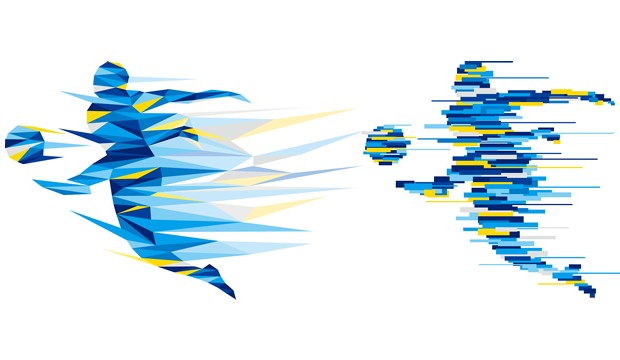Tinder averages 1.8 billion swipes per day and consequently generates 26 million matches per day [1]. The prospect of social discovery and online dating in a comprehensive, user-friendly mobile design has proved to be incredibly lucrative. Match Inc., its parent company, is hence obtaining a surging amount of data through all of its users, but how is your data being used for optimizing the online dating environment? Essentially, Tinder capitalizes on the excessive amount of data in two ways:
- For its matching algorithm. “With the updated algorithm, machine learning technology assesses and interprets the signals sent by our millions of users” stated Tinder CTO Ryan Ogle in 2015. The algorithm now, for example, makes use of A/B testing, swapping the first photo seen by other users when they visit your profile, and reordering the photos by analysing the responses (swiped left or swiped right) [2].
- For its behavioural analytics platform called Interana. As data volumes grew, performance dropped off and so Tinder turned their eyes to a new data analytics partner. Interana makes use of market segmentation, splitting the users into various cohorts based on the demographics and helps Tinder in terms of conversion, retention & engagement [3]. Tinder acknowledged that their user data could be skewed in the form of deceiving answers by their customers. Humans lie, to put it succinctly. By integrating the Interana platform, Tinder constantly analyses user actions against their compatriots to identify differences in the behaviour and therefore tries to “match” Tinder to the user.
All in all, Tinder copes with the challenge of keeping up with their ever-growing data and implementing it to their profit. Online dating is often labelled successful because of its anonymity. This anonymity causes a so called “low investment, low stakes attitude” that many young adults adopt on online dating [4]. However, apparently (related to the vast amount of user data Tinder obtains) people want to share their data in an effort to find a suitable dating partner.
What is the trade-off between sharing personal information in a dating profile on a low-end application like Tinder and losing the perception of anonymity? And how could Tinder improve their fake profile/data problem?
[1] https://insidebigdata.com/2015/10/05/tinder-and-interana-find-a-match/
[2] https://www.analyticsindiamag.com/ai-dating-apps-machine-learning-comes-rescue-dating-apps/
[3] https://digit.hbs.org/submission/tinder-romance-algorithm-just-keep-swiping/
[4] https://sophia.stkate.edu/cgi/viewcontent.cgi?article=1580&context=msw_papers


